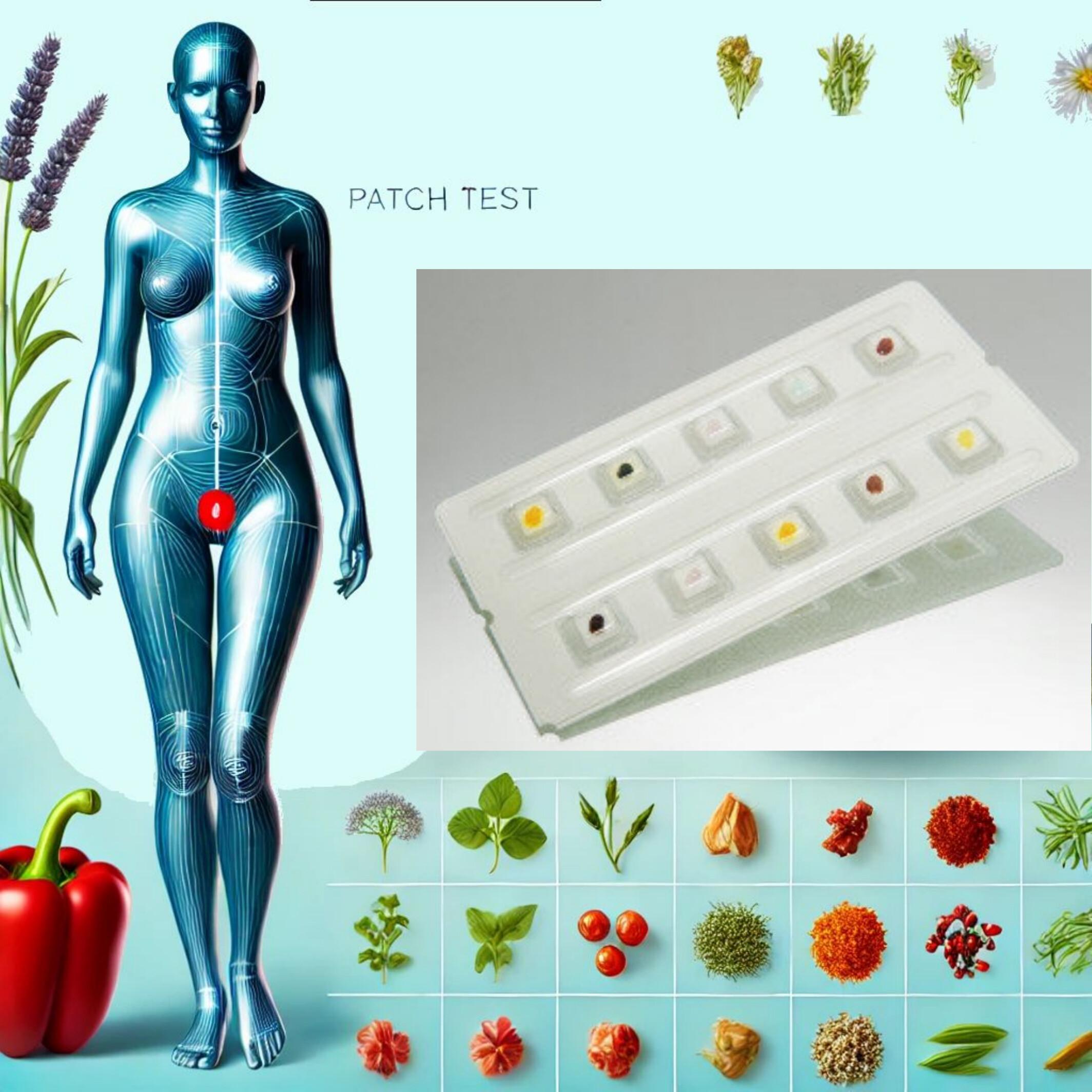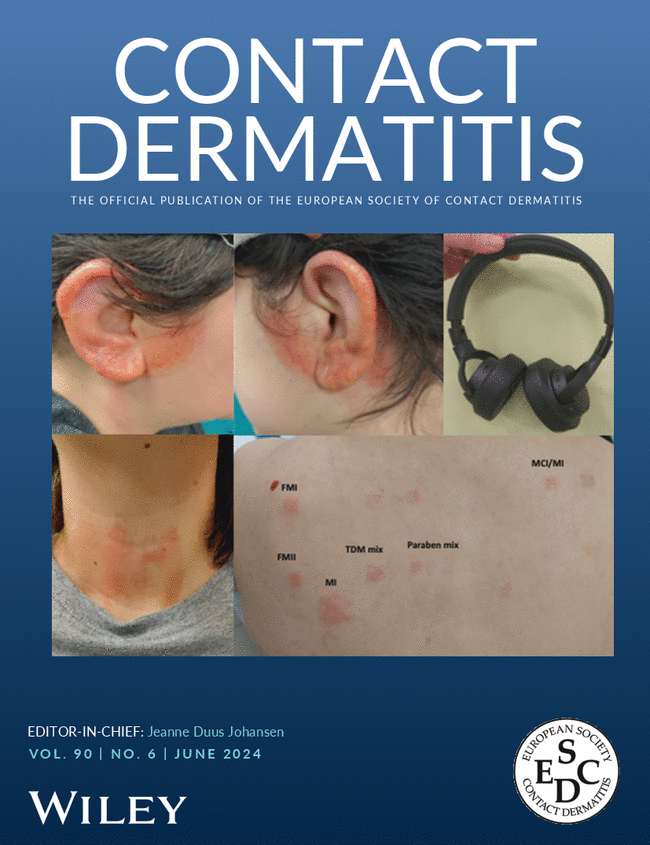Allergic Contact Dermatitis of the Vulva
Abstract
Background
While previous studies have investigated allergic contact dermatitis (ACD) in patients with chronic vulvar complaints, data on the clinical relevance of patch test results, particularly from spices and herbs series, remain limited.
Objectives
To determine the frequency and clinical relevance of contact sensitisation to allergens in the European Baseline Series (EBS) and a spices and herbs series in patients with chronic vulvar complaints.
Methods
A retrospective analysis was conducted on all patients with chronic vulvar complaints who underwent patch testing with the EBS and spices and herbs series between January 2015 and January 2024.
Results
Among the 67 patients tested, 86.6% exhibited at least one positive reaction, of which 37.9% were clinically relevant. Nearly half of the patients (43.3%) showed reactions to spices and herbs, with 34.5% having clinically relevant reactions. Bell pepper was the most frequent sensitizer throughout all spices. Metals were the most commonly identified allergens (50.8%), but only one case was clinically relevant. Fragrances elicited positive reactions in 37.3% of patients, with a higher clinical relevance (60%). Preservatives also showed a considerable clinical relevance (35%) among the 29.9% of patients who reacted positively. Conversely, reactions to surfactants, rubber additives, wool wax alcohols, and antibiotics were not deemed relevant to vulvar complaints.
Conclusions
ACD is prevalent in patients with chronic vulvar complaints, underscoring the critical role of patch testing as a diagnostic tool. Both topically applied cosmetic and medicinal products, as well as systemically ingested substances, such as spices and herbs, may contribute to ACD affecting the vulvar region. To enhance diagnostic accuracy, patch test series should be tailored to the patient's clinical history and specific allergen exposures.


 求助内容:
求助内容: 应助结果提醒方式:
应助结果提醒方式:


